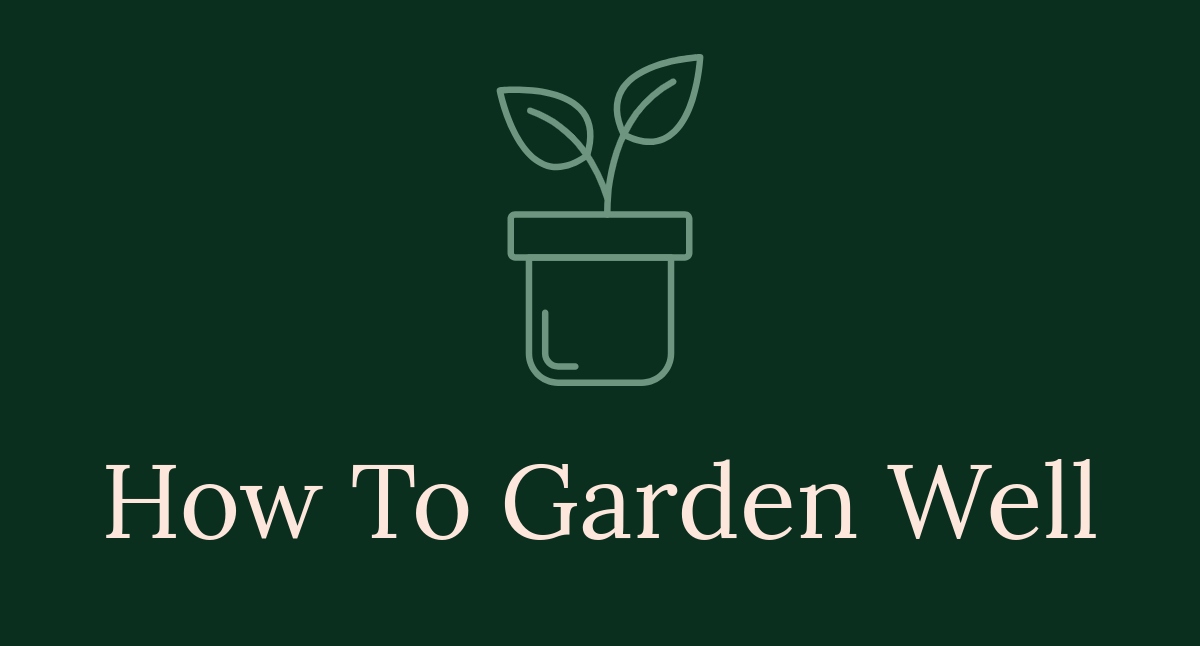

Jasmine Sambac Plant Grand Duke Tuscany: A Comprehensive Guide
Introduction
Have you ever encountered a plant that captivates you? The Jasmine Sambac, especially the Grand Duke of Tuscany variety, is one such gem. Known for its enchanting fragrance, this plant adds allure to any garden. It’s not just beautiful; it’s also a beloved choice for enthusiasts. In this article, we’ll focus on care, propagation, and the unique features of this aromatic plant.
To get started on your gardening journey, consider planting some Jasmine Sambac seeds. They’re a great way to start your own fragrant garden and experience the joy of growing this beautiful plant from scratch!
Summary and Overview
Jasmine Sambac, particularly the Grand Duke of Tuscany, is a stunning flowering shrub. This plant hails from tropical regions, notably India and Iran. Its double-petalled blooms are ivory-white, making it a striking addition to any landscape. Gardeners adore this variety for its fragrant flowers and ornamental value. Beyond its beauty, it holds cultural significance, often used in traditional ceremonies. Our goal here is to provide insights on how to cultivate and care for this delightful plant.
Speaking of cultivation, having the right tools is essential. A good pair of garden gloves will not only protect your hands but also make your gardening experience much more enjoyable. Trust me, your fingers will thank you!
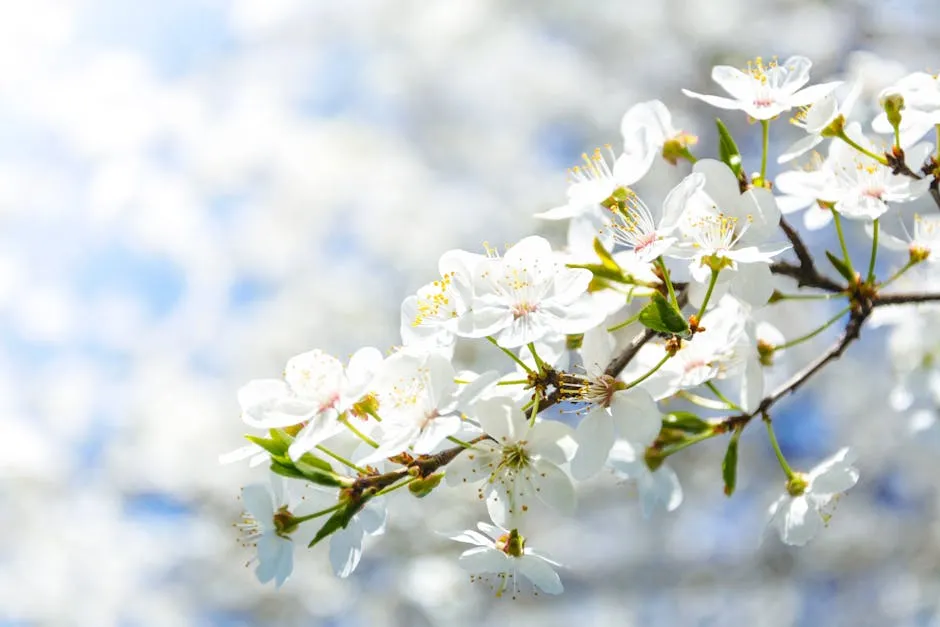
Understanding Jasmine Sambac
What is Jasmine Sambac?
Jasmine Sambac, scientifically known as Jasminum sambac, belongs to the Oleaceae family. It’s commonly referred to as Rose Jasmine or Butt Mograw. The Grand Duke of Tuscany is a standout variety, characterized by its luxurious, double-petalled flowers. These blooms can reach about 4 cm in diameter, adding a touch of elegance to gardens. Notably, Jasmine Sambac has gained popularity in tropical gardening due to its fragrance and beauty. This plant thrives in well-drained soil and prefers full sun. Curious about other jasmine varieties? There are many to discover!
Growth Requirements
Ideal Conditions for Growth
The Grand Duke of Tuscany thrives in full sun. Aim for at least six hours of direct sunlight each day. This light encourages vibrant blooms and robust growth. When it comes to watering, the plant prefers moderate moisture. Allow the top inch of soil to dry between waterings to prevent root rot. A well-drained soil mix is key. Consider using a blend of potting soil and sand for best results. You might find a high-quality potting soil mix particularly useful for this task.
As for climate, this jasmine loves tropical and subtropical conditions. It flourishes in warm temperatures, ideally between 20°C to 30°C. During colder months, protect it from frost. Under optimal conditions, the Grand Duke of Tuscany can grow up to 1 meter annually. For consistent watering, you might find soil moisture meters helpful. They take the guesswork out of plant care and ensure your jasmine stays happy and hydrated.
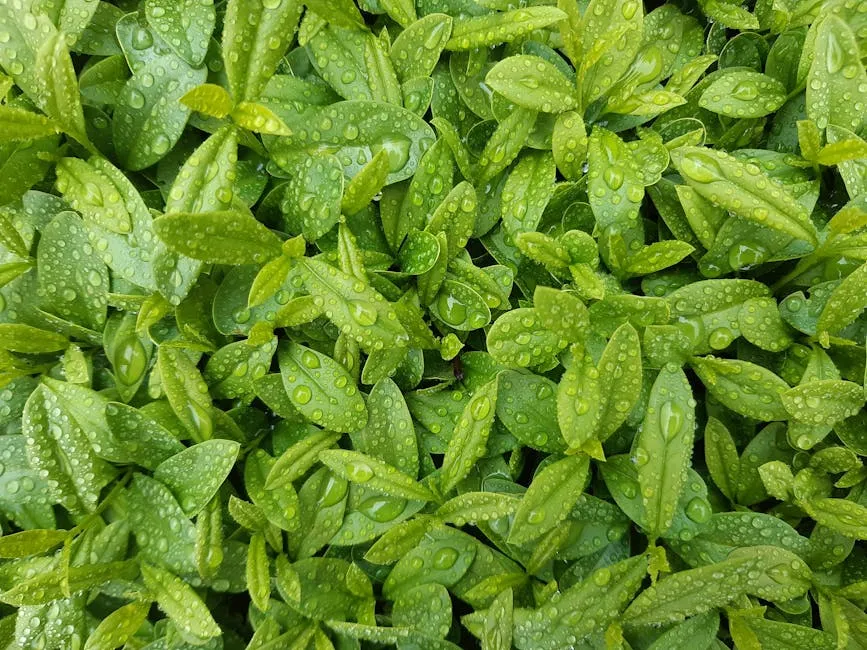
Characteristics of Grand Duke of Tuscany
Physical and Floral Attributes
The Grand Duke of Tuscany displays a climbing growth form. Its branches can reach impressive heights when supported. This variety features simple, ovate leaves that are lush and green, providing a beautiful backdrop for its flowers. Speaking of flowers, the Grand Duke is famous for its double-petalled blooms. Each bloom measures about 4 cm, showcasing a pristine ivory color that stands out.
Compared to similar varieties, like the ‘Grand Duke Supreme,’ this jasmine has unique charm. While the Supreme hybrid features larger flowers, the Grand Duke’s elegance is unmatched. It blooms throughout the year, producing fragrant flowers that are simply irresistible. If you have this plant, we’d love to see your jasmine blooms! Share your photos with us.

Cultivation and Care
Best Practices for Growing Jasmine Sambac
Caring for your Jasmine Sambac, especially the Grand Duke of Tuscany, is essential for vibrant blooms. Start with a consistent watering schedule. Water the plant when the top inch of soil feels dry. This prevents root rot and encourages healthy growth. Aim for moderate moisture; overwatering can harm the roots.
Fertilizing is key to promoting those fragrant flowers. Use flower-inducing fertilizers every few weeks during the growing season. A balanced, slow-release fertilizer works wonders too. Just sprinkle it a few inches away from the plant’s base. This approach ensures your jasmine gets the nutrients it needs without overwhelming it.
Pests can be a nuisance for Jasmine Sambac. Keep an eye out for aphids, which can damage your plant. If you spot them, try washing them off with a strong jet of water. For more stubborn infestations, neem oil is a great natural solution. Regular inspections help catch any issues early.
When it comes to pruning, do so after flowering. This encourages bushier growth and more blooms next season. Interestingly, cuttings from Jasmine Sambac have a survival rate of over 80% when propagated correctly. Joining gardening forums can provide support and tips from fellow enthusiasts. For detailed pruning techniques for fruit trees and shrubs, refer to our comprehensive guide.
Understanding proper pruning techniques can significantly enhance the health and growth of your Jasmine Sambac. Learn more about effective pruning practices here.
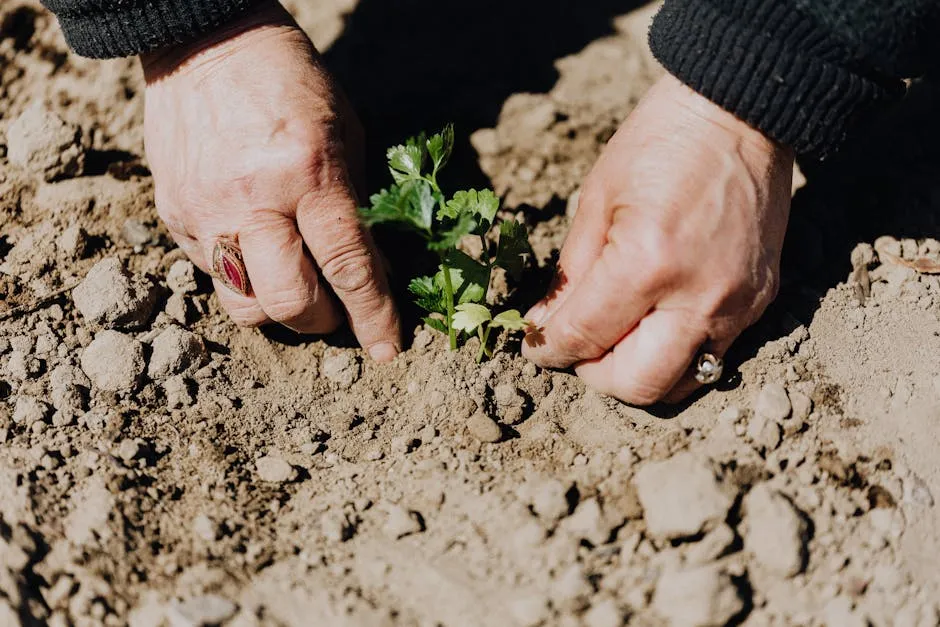
Propagation Techniques
How to Propagate Jasmine Sambac
Propagating Jasmine Sambac is a rewarding experience! You can do this through cuttings or seeds. For cuttings, select a healthy stem about 4-6 inches long. Remove the lower leaves and dip the cut end in rooting hormone. This encourages faster root development.
Next, plant the cutting in well-drained soil. Water it lightly and place it in a warm area with indirect light. Keep the soil moist but not soggy. In about 4 to 6 weeks, you should see roots forming, with a success rate of around 85%.
If you prefer seeds, plant them in a seed tray filled with a soil mix. Keep them warm and moist until they germinate, which can take several weeks. Timing is crucial; the best months for propagation are spring and early summer when the plant is actively growing. Give it a try and enjoy the satisfaction of growing your own Jasmine Sambac!
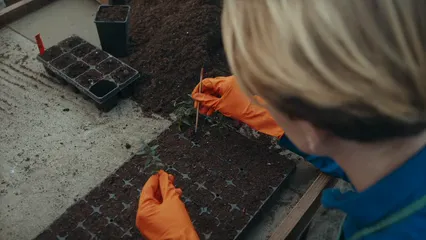
Ethnobotanical Significance
Cultural Uses of Jasmine Sambac
Jasmine Sambac, especially the Grand Duke of Tuscany variety, holds deep cultural significance in many regions. In countries like Thailand, its flowers are used in religious ceremonies, particularly to honor Lord Buddha. The fragrance of jasmine symbolizes purity and devotion, making it an essential part of worship.
Beyond religious practices, Jasmine Sambac has found its way into the culinary world. Infusing jasmine flowers into tea creates a delightful beverage known as jasmine tea. This aromatic drink is popular worldwide, prized for its soothing properties and fragrant aroma. Did you know the global jasmine tea market is valued at over $1 billion?
Moreover, the perfume industry heavily relies on Jasmine Sambac. Its rich, sweet scent is a favorite among perfumers. The flowers are harvested and processed to create luxurious fragrances enjoyed by many. Historically, Jasmine Sambac has been a beloved addition to gardens, celebrated for its beauty and aroma.
Have you experienced the magic of jasmine in your culture? Share your stories with us!

Landscaping with Jasmine Sambac
Creating Fragrant Gardens
Incorporating Jasmine Sambac into your landscape can transform your garden into a fragrant oasis. The Grand Duke of Tuscany variety not only enchants with its stunning blooms but also fills the air with a sweet perfume. This makes it perfect for fragrant gardens or mixed borders.
When designing your garden, consider planting Jasmine Sambac near seating areas or pathways. This allows you to enjoy its aroma while relaxing outdoors. Pair it with companion plants like gardenias or lavender to create a sensory experience. Their colors and scents complement each other beautifully.
Seasonal considerations are also important. Planting Jasmine Sambac in spring allows it to establish roots before the heat of summer. In warmer climates, this jasmine thrives and can grow rapidly. In fact, during optimal conditions, it can reach heights of up to 1 meter a year!
As you plan your garden, consider investing in decorative plant pots to showcase your beautiful jasmine. They add style and personality to your garden.
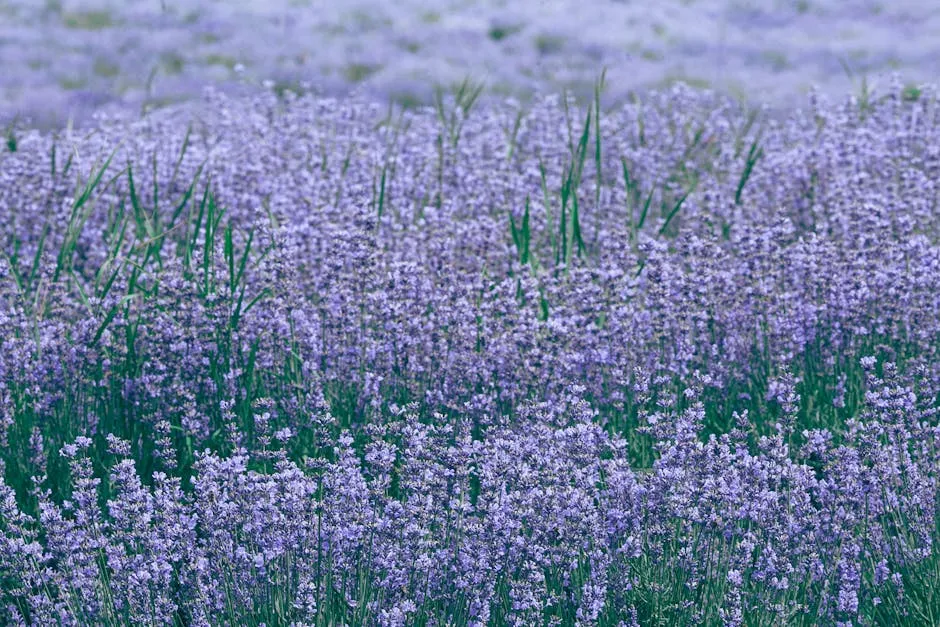
Conclusion
In summary, the Jasmine Sambac Grand Duke of Tuscany is truly a remarkable plant. Its double-petalled, ivory blooms and intoxicating fragrance make it a standout choice for any garden. This variety not only enhances beauty but also provides an alluring aroma that can transform outdoor spaces.
For gardeners seeking to add a touch of elegance, this jasmine is an excellent option. Its ornamental value, combined with its cultural significance, reinforces its place in gardens worldwide. Consider adding the Grand Duke of Tuscany to your collection. You’ll enjoy its beauty and delightful scent for years to come.
By the way, if you’re looking to keep your garden organized, a set of plant labels can be a lifesaver. They help you remember what you planted and where!

FAQs
What is the best way to care for Jasmine Sambac?
Jasmine Sambac thrives in full sun with moderate water. Use well-drained soil to encourage healthy growth.
Can Jasmine Sambac be grown indoors?
Yes, indoor jasmine requires bright light and humidity. Ensure it gets adequate sunlight near a window.
How often should I fertilize my Jasmine Sambac plant?
Fertilize every 4-6 weeks during the growing season. Use a balanced fertilizer to promote healthy blooms.
What pests should I watch for when growing Jasmine Sambac?
Be on the lookout for aphids and spider mites. Regular inspections and neem oil help in effective pest management.
How do I propagate Jasmine Sambac from cuttings?
Take a healthy cutting, dip it in rooting hormone, and plant it in moist soil. Keep it warm and maintain moisture for successful rooting.
Please let us know what you think about our content by leaving a comment down below!
Thank you for reading till here 🙂
All images from Pexels
